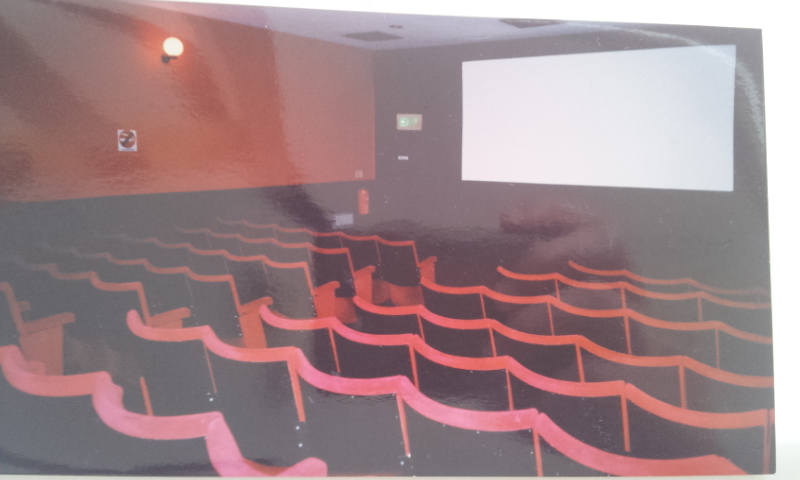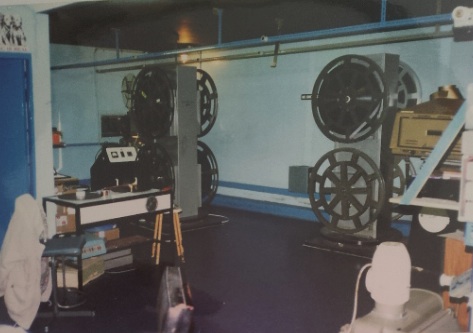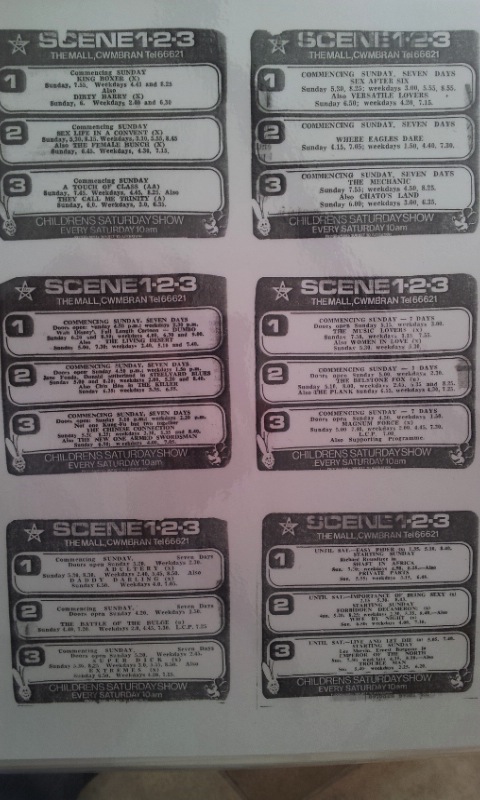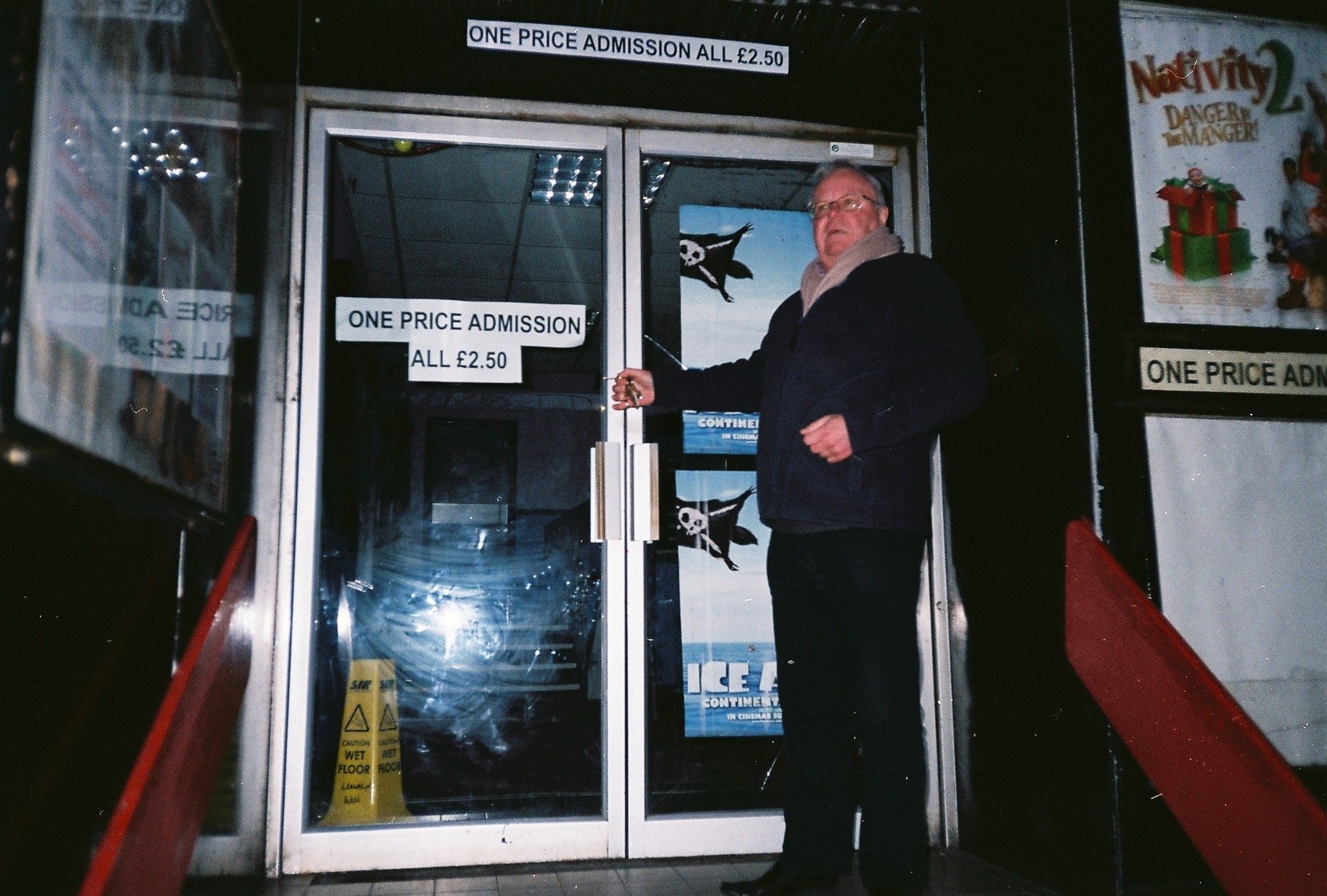
Cwmbran Life was set up in 2011 and I’m so annoyed that I’ve taken this long to interview someone from Scene 123. A post in 2012 picked up quite a few comments but I didn’t make the effort to go behind the scenes and see who was behind this well known town centre landmark.
Fast forward to January 2013 and the cinema had closed its door for the last time.
Peter Edmunds wrote this comment on the post and I was thrilled:
Hi Ben, just picking up your comments on the Cinema, I run the Cinema for the last 15 years, and previous it was run by a local couple from Cwmbran, so only two owners in the 40 year history of the cinema. The Cinema actually opened in 1972 and at that time was considered state of the art with a unique mirror projection system. We continued to run for over 4 years after the opening of the VUE, and had a one price admission policy of £2.50 which proved a great success for families. Two reasons which we decided to close was we felt that the building was way past its “sell by date” and was in need of upgrading to meet modern fire regulations. The second and most important was 35mm film would no longer be available from April 2013, and would require the complete change over to digital projection, each digital format projector costing in the region of £35.000 to £40.000. so times that by 3 and you can see the problem. I understand that the building together with the adjacent closed bingo hall, will at some time be considered by Cwmbran shopping for re-development.
A few days later and I was chatting to this wonderful character in his home in Oakfield.
The 58 year-old said: “I was there when it opened and was there when it closed. I worked to get it passed its 40 years. We never envisaged we would last 40 years. This was my third time back to run it and have been there for the last 15 years.”
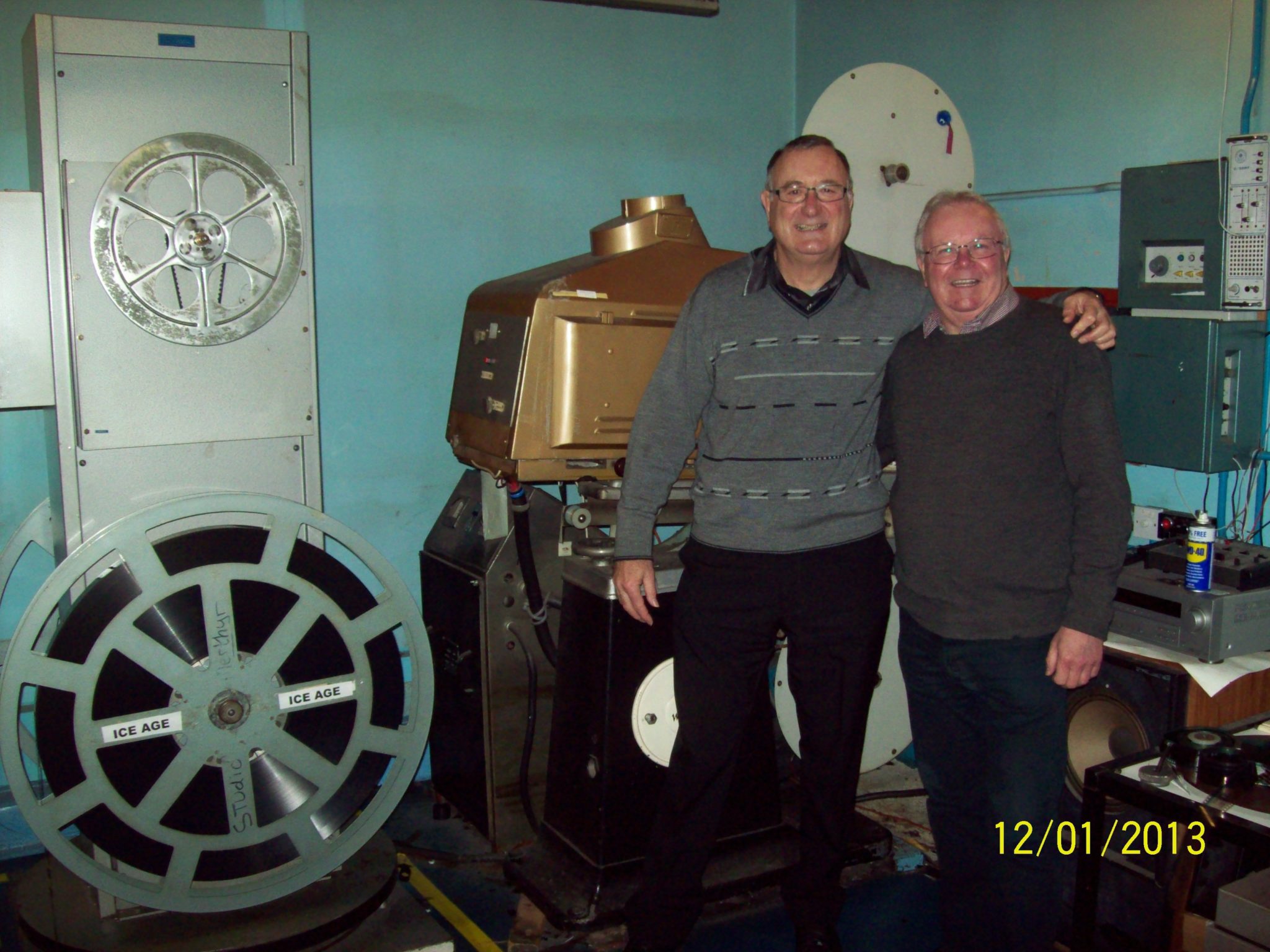
Peter and his friend Linda ran it during the week and family and friends would get involved during school holidays and weekends.
In the late 60s/ early 70s the original plan was a single screen cinema but the company pulled out during the new town development.
Peter said: “A company from Leeds called Star Cinemas and Bingo took over from the original company that had plans to build it. They were more bingo than cinema. They were good at taking over cinemas and turning them into bingo halls. This was a big building, three quarters of it is actually a bingo hall. And a quarter of the building was turned over to adding three small ’boutique’ cinemas with a total capacity of around 300.”
It opened on 5 November 1972 and on the opening night cinema goers had a choice of:
Screen 1 The Barbara Streisand and Ryan O’Neil comedy- What’s up, Doc?
Screen 2 Straw Dogs and Soldier Blue
Screen 3 Don’t get your knickers in a Twist..
The third film surprised me but as Peter explained that back in the 1970s adult movies were common in cinemas. Here are some of the weekly film adverts that appeared in the local press. Adults movies like ‘Clockwork Banana’ appeared in the listings alongside mainstream films. These films were commonly know as ‘Sexplotation’ films
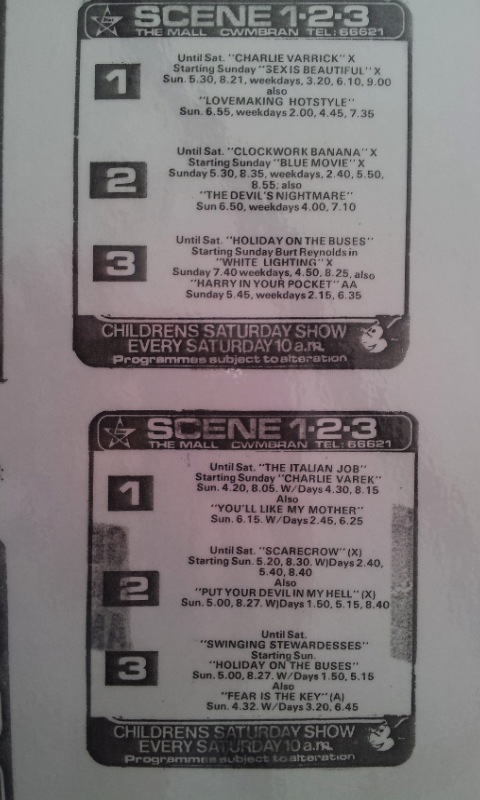
His encyclopedic knowledge of cinema started when he worked in the Studio cinema that was next to the Rose and Crown pub in Old Cwmbran. He worked there from the age of 14 during weekends and school holidays and at 16 became a trainee projectionist when the new Scene 123 Entertainment complex opened.
“At 17 I wanted to work in the management side. In Cwmbran they were bingo managers. I wanted proper training with a cinema company . I worked in ABC Cinemas, who at that time had large single screen cinemas in Bridge Street Newport, and Queen Street Cardiff.
“Scene 123 has a unique periscope projection. The projection room was housed on the flat roof and projected downwards through a series of mirrors, which in very hot weather could expand the picture and in cold weather could contract the picture on the screen.”
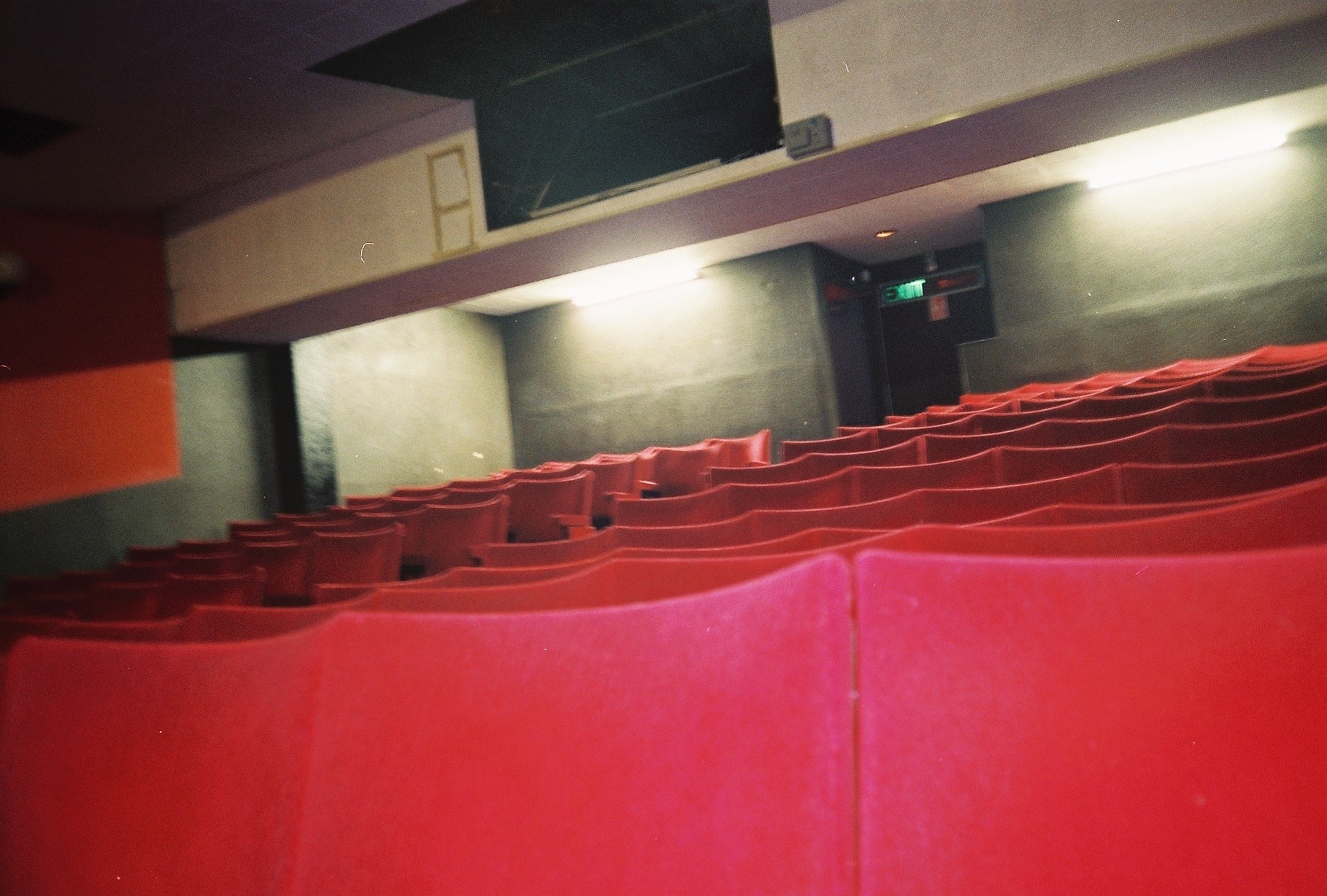
“The new multiplex cinemas are like out of town shopping centres. They are open from 10am to 10pm and usually have between six to 15 screens. I always used the analogy that we became the corner shop and the new Vue in Cwmbran the supermarket.”
In 2008 Vue Cinema opened and Peter told Gerry Hutchings, the then Cwmbran town centre manager, they were considering closing as we thought it would be almost impossible to compete.
“Gerry was brilliant. Cwmbran Shopping were great and didn’t want us to go. Vue opened and we thought ‘ok we have done our run it has been good.’ We put in our notice. We knew we would lose our teenage audience and we didn’t have Dolby sound, or the luxury of wall to wall screens that the new Vue could offer.
“Gerry persuaded us to stay open so we thought what strengths can we play to? We knew that the pricing policy of Vue could be expensive for families so we set a single price policy of £2.50. We didn’t play anything above a 12A certificate as we knew teenagers would go to Vue. It took about a year to see a change and then it suddenly took off especially during the weekends and throughout all the school holidays.”
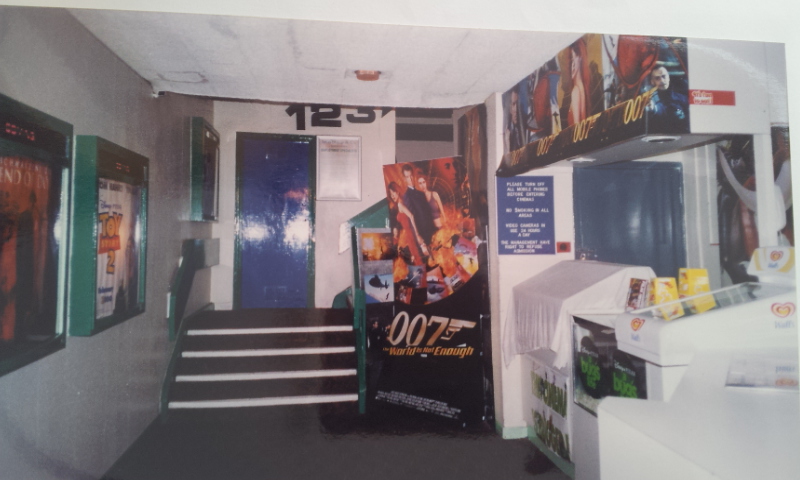
“In Vue you buy your tickets at a till and the same person asks if you want drinks, popcorn and sweets..then you get the shock of the total price. We didn’t push sweets. If people wanted to bring in their drinks and sweets then we were fine with that.
“We couldn’t compete on luxury, screen size, sound or showing every type of film. We stuck to as many family films as we could and usually showed films with no higher rating than “12A”
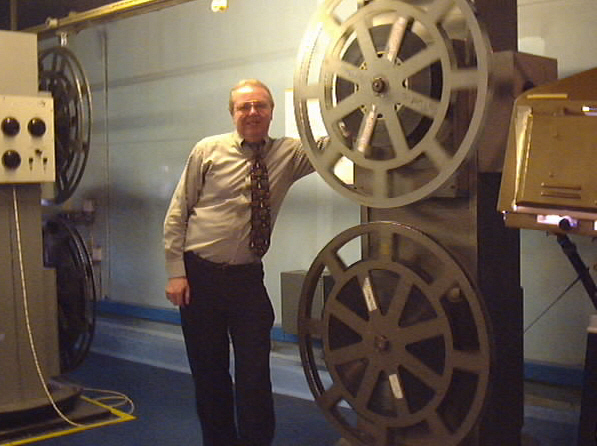
But technology was moving fast which meant using 35mm reels on a projector was becoming expensive so distributors and film studios were looking at new ways of developing from film to digital.
“The final decision was when we knew the digital format was coming, 35mm is very expensive. You need an expensive digital projector and hard drive nowadays that costs around £35,000. It costs £1500 for a 35mm six reel film compared to around £50 to transfer to a disc. From 2013 distributors are stopping printing them on 35mm. But although the definition is far superior on digital it was hard to justify spending money on things behind the scenes and in a building we felt had gone way past its sell-by date.
“With Vue it was like a corner shop versus a supermarket. It was sad of course, end of an era. We told customers coming in that week we were closing but didn’t advertise anywhere, and the reaction we were getting was great sadness, as many of our customers had known us for many years, and indeed it was often said they came to the cinema as children and teenagers, now they had grown up and were bring their kids.”
The last films to be shown on the closing afternoon were:
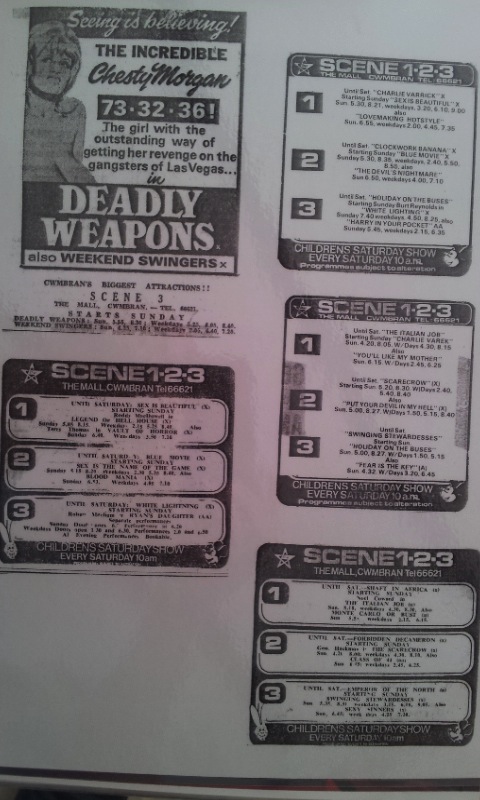
Peter told this wonderful story of how he actually went for an interview at Vue.
“I have been in this business since 1972. This young manager was embarrassed to interview me but I got through to the next stage at Bristol in Cribbs Causeway. There were four contenders and I was the oldest by far. It started at 10am and they said we would be doing role plays. The first one was running a travel agent. There was no mention of the words ‘film’ or ‘cinema’. Then after lunch we had another role play, this time it was running a supermarket. I couldn’t believe it. Cinema or films were not mentioned once. It showed that nowadays it’s all about about management of multiplex cinemas is as much about running a retail business as running a cinema, I thought at this stage this was not for me.”
The cinema is now almost completely cleared out of all its film equipment and seating, with most of the projectors going to the the former Odeon Cinema in Clarence Place in Newport, which his friend Chris Plaister is setting up as a film and cinema museum.
Peter keeps himself busy working for a finance company in Cwmbran and also devotes a lot of his time working the the charity organisation The Samaritans, where he is Branch Director for Newport and Gwent.
The Cinema Treasures website said: “The cinemas remained virtually unaltered since 1972 and I think now could be the only remaining cinema in the UK using an original mirror periscope system. It was closed in early-2013.”
